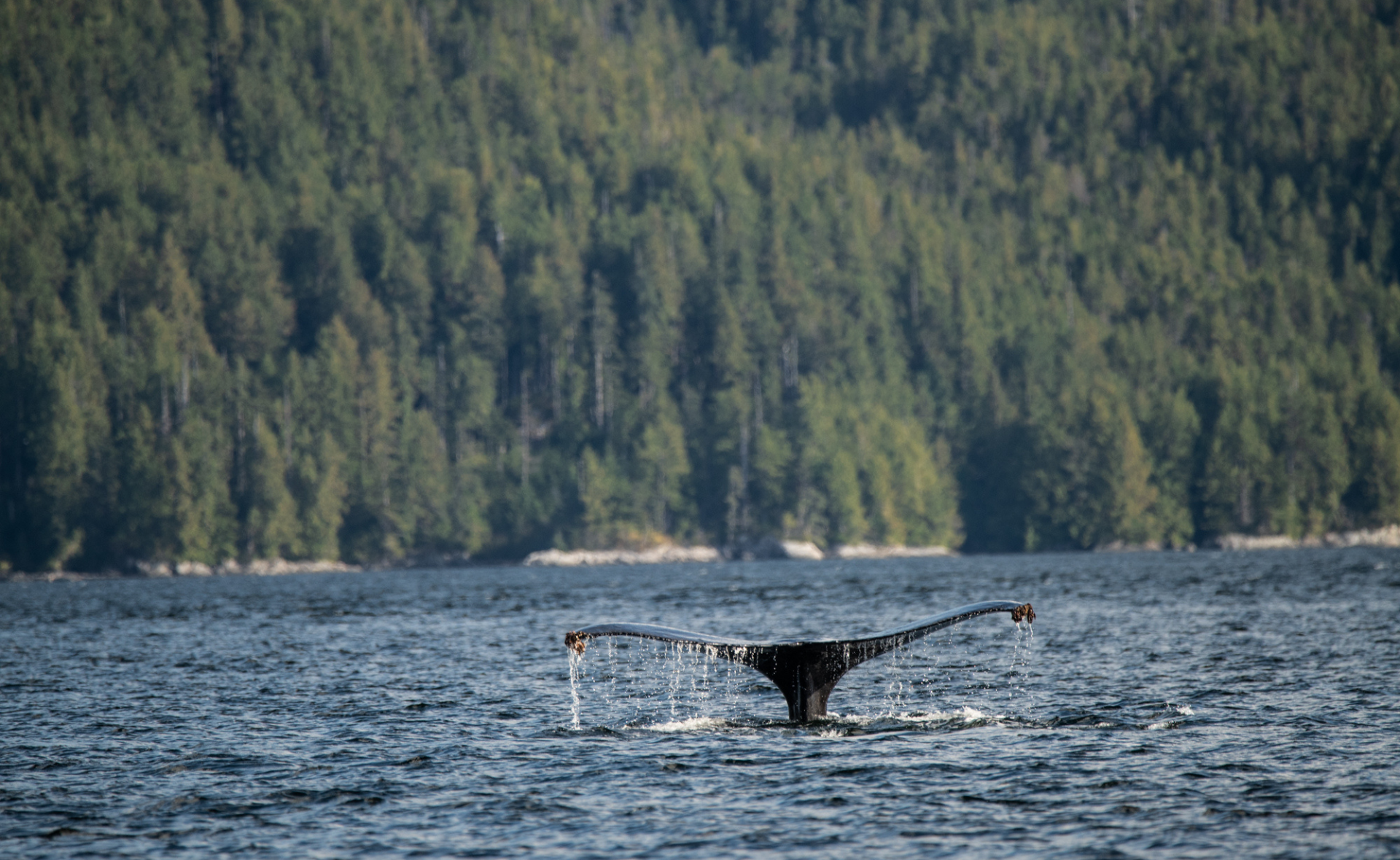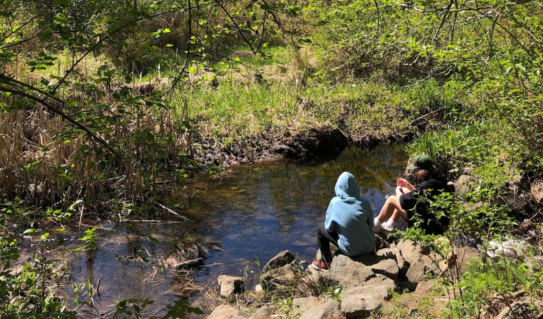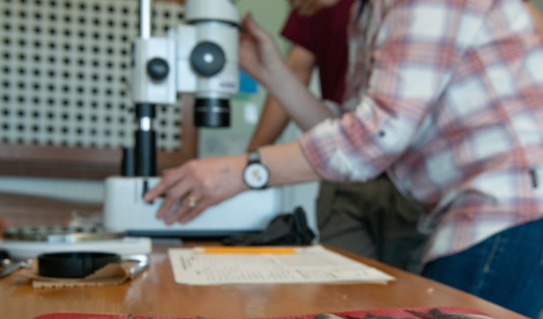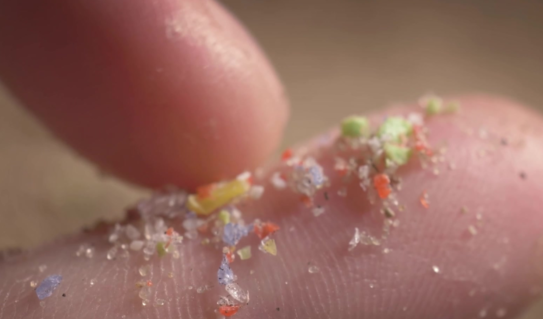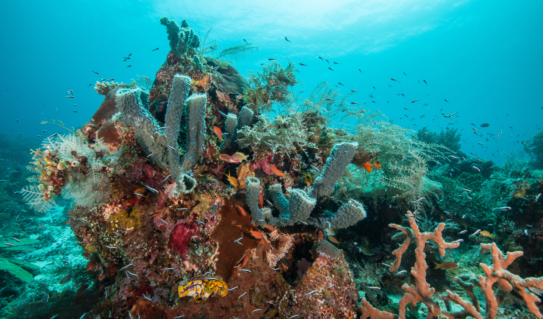Based on my experiences incorporating desktop and semi-immersive VR in online English lessons for approximately three years, I have found VR to be both practical to implement and productive in second language acquisition. As I will detail below, you can begin teaching with VR even if you are new to it and/or have limited access to technology. Let’s see how!
In this blog, my goal is to show you (ESL teachers) how to utilize Ocean School’s Land and Sea 360˚ to develop collaborative learning experiences where learners develop their own ESL VR tours— all without programming or coding!
Why VR Materials for ESL? One key benefit of using VR in language learning is creating opportunities for learners to work together. Language learning research has shown that collaboration and interaction are critical aspects of foreign language enjoyment, which is a psychological variable that enables learners to persist when language learning becomes frustrating (Dewaele & MacIntyre, 2014). In other words, language learners won't develop linguistic skills or psychological stamina if they don't have fun! Using VR resources in the language learning classroom can give your students chances to create, to be immersed, and to interact in ways that help them enjoy using English.
Fortunately, there are many of ways to stimulate foreign language enjoyment in VR environments, and they can be broken down into three main types of VR:
desktop VR, where you explore an online world by moving a computer’s mouse and viewing a computer monitor,
semi-immersive VR, where you explore an online world by moving and looking through your mobile device, and
headset VR, where you put on a headset and explore an online world by moving your head.
Ocean School’s VR media allows you to use all three methods!
These three types of VR all afford unique opportunities for co-creation, immersion, and interaction (Lan, 2020). The key takeaway from research on using VR in language learning is that the type of VR that you choose doesn't always matter, so don’t feel like you can’t get involved in teaching with VR unless you have the newest equipment: the learning benefits ultimately come from co-construction and promoting foreign language enjoyment.
With a desktop VR system, students could take turns developing desktop VR tours to present to their classmates — even if there's only one computer in your classroom!
This ESL VR activity is conceptualized as a cross-curriculum science project that connects humans with the seas and rivers by having students work in groups to build and present their own Land and Sea 360˚ tours. To start, teachers will need to watch the introductory four minute video with students. This video, by itself, provides multiple learning opportunities. For example, to help learners of all abilities, teachers can print out the script for the video here and/or utilize the closed-captioning option when watching the video; note that these resources could become the foundation for individual lessons on their own. While watching the videos, the teacher can use the mouse (desktop VR) to pause the video and show students around the VR world/landscape. After this, students can explore this video on their own (depending on the available devices) and answer comprehension questions.
After the introductory video Land and Sea 360˚ video, students can begin working in groups to complete the tour-planner and storyboard (storyboard available here). This enables students to add images that they can explore and show to students in their own Land and Sea 360˚ tour. This tour can be simpler for beginning learners (e.g., presenting different geographical features related to the sea) or more in depth for advanced learners (e.g., discussing indigenous knowledge, interactions and interdependencies, watershed protection, and ecosystems).
Oral Communication is a 21st Century skill worth assessing in a cross-curriculum project. For example, the communication rubric available on the Ocean School site can be customized to include L2 specific outcomes (e.g., I can answer spontaneous questions), as based on the level of the learners. I recommend that you have your students complete the rubric before and after the project so that they can monitor their own progress, in addition to processing the feedback that they receive from teachers and peers.
VR activities like this can provide learners of all ages and abilities exciting opportunities to speak English in ways that can increase their foreign language enjoyment and help them make personal connections to seas and rivers. It's a great way for teachers to prepare and fine-tune VR materials for their students, and for students to contribute to creating new digital learning materials for their peers!
References
Dewaele, J. M., & MacIntyre, P. D. (2014). The two faces of Janus? Anxiety and enjoyment in the foreign language classroom. SSLLT, 4(2), 237-274.
Lan, Y. J. (2020). Immersion, interaction and experience-oriented learning: Bringing virtual reality into FL learning. Language Learning & Technology, 24(1), 1–15.
